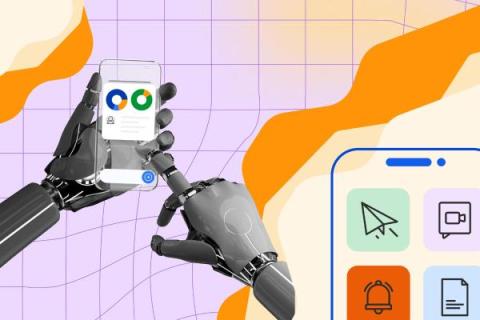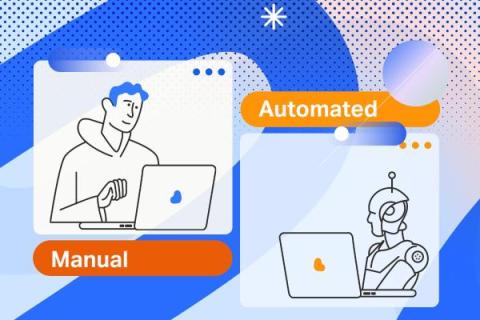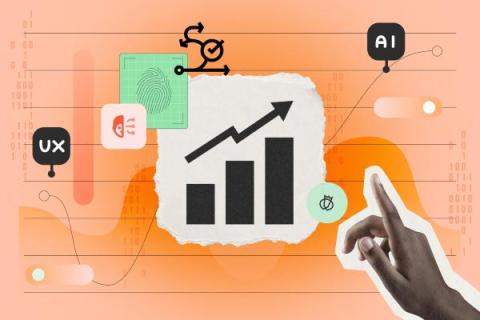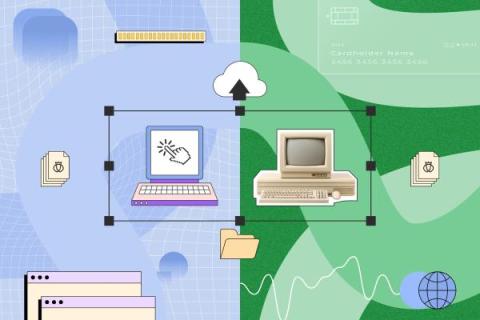Balancing Risks and Rewards for Outsourcing QA: What You Need to Know
There are a few universal truths modern quality assurance (QA) teams have to acknowledge. While all of these are true, the expectation that QA teams can deliver new and existing bug-free features with aggressive time and cost constraints without support is unrealistic. Additionally, several in-house teams struggle to hire and retain specialized testing expertise.











